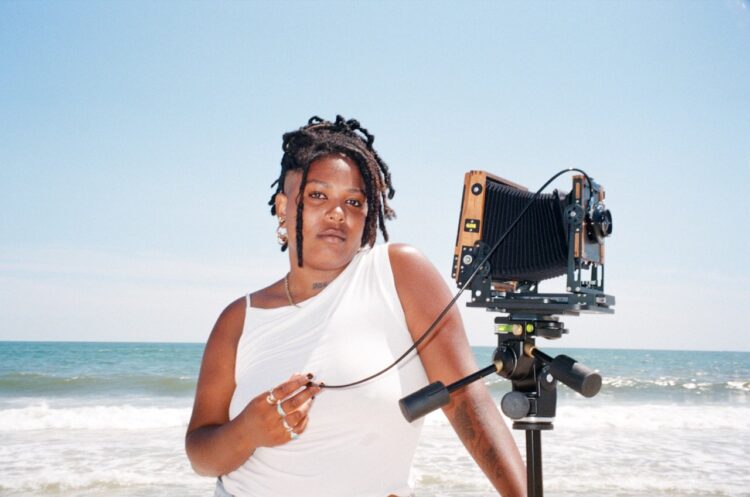Determining Your Artist Fee
Turning in a budget with no artist fee can lead a reader to think you are not accounting for your own time. A benefit to adding an artist fee to your budget is that you can track the investment you make in your work; this can lead to better pricing strategies, a revised timeline for projects and better long-term financial stability.
Every few weeks we post tips straight from the Professional Development Program’s Artist’s Tools Handbook, a 200+ page resource we give to Core Workshop attendees, written by PDP Core Leaders Jackie Battenfield and Aaron Landsman. The book covers everything from writing to budgeting, websites to fundraising, elevator pitches to work samples. Similarly, each post is packed with practical ideas to make your life run more smoothly, leaving you even more time for your creative practice. Learn more about Creative Capital’s workshop offerings here.
Two ways to show a reasonable, complete fee:
By the hour: Determine what your hourly wage as an artist should be, then calculate the number of hours it will take to create the project. Because the fee you end up with may be much higher than you can justify in a grant budget (depending on your career level and the kind of work you do), this figure may be better used in your strategic planning process than a proposal.
How To Calculate the Cost of Your Time
By the month: Let’s say you are spending six months on a project, devoting an average of 10 hours per week (again this is the creation, not administration or any other phase). If you need $4,000 a month to live on, and the time you’re spending represents 25% of your total work hours for that period, you can pay yourself $1,000 a month for six months—your artist fee is $6,000.
Showing income to balance out your artist fee, and balance your budget
For many, including an artist fee in the expenses column will leave a large deficit in income. The best way to keep your proposed budget balanced after adding your fee is to figure out exactly how you are actually paying for your time, and categorize it accordingly. For example, if you are working a day job and squirreling money away to pay for the hours spent in your studio, that’s an individual contribution you are making to your art project. You just happen to be the individual who is contributing. It’s also an individual contribution if you take out a loan (though this isn’t a recommended way to pay yourself long-term).
Another way to balance the expense of your fee is by showing an “In-Kind Contribution” to the project as part of your artist fee. If you want to show the recommended percentage of your budget going to artists’ fees and it turns out to be $5,000 but you’ve only raised $2,500 to pay yourself, in your expenses column you’d list a $5,000 fee, and in income you’d list an In-Kind Contribution of $2,500 (with the other half shown as however you raised that money, individual contributions, grants, exchanges, etc).
Ideally, your budget should show diverse sources of income, so if you’ve got everything coming in under Individual Contributions or In-Kind Support, you may want to re-think the story you’re telling in numbers.
Creative Capital hosts professional development workshops in a wide variety of fields such as grant writing, communications, and budgeting to help artists create successful projects from inception to completion. Check our calendar for upcoming workshops!
